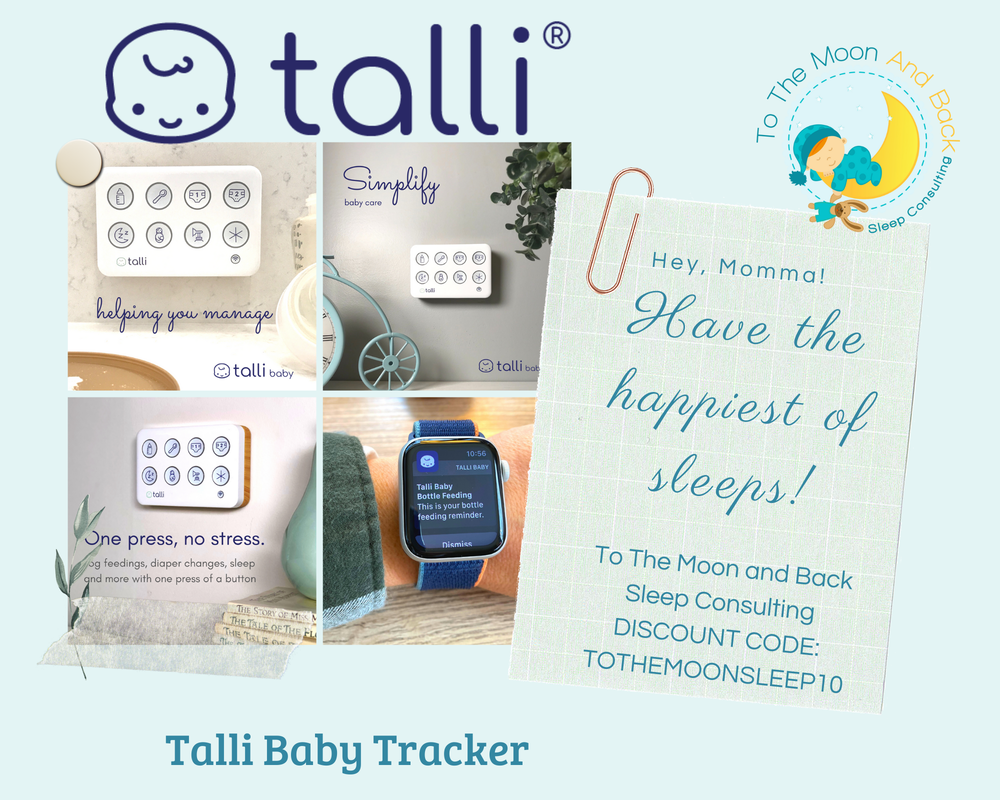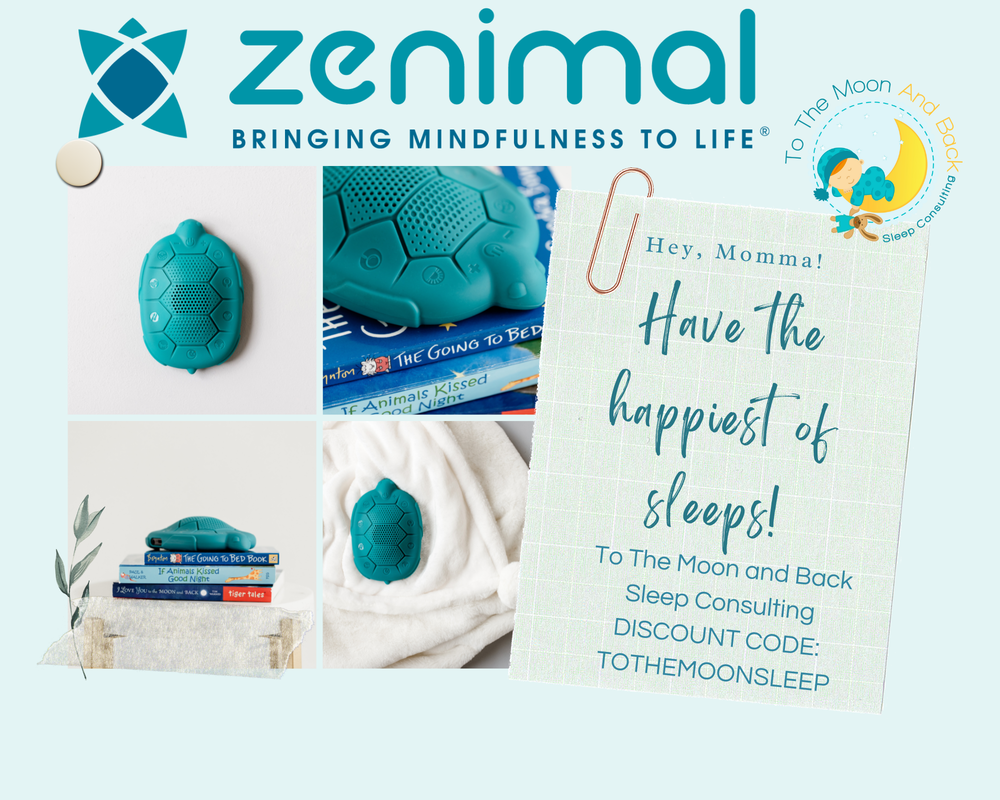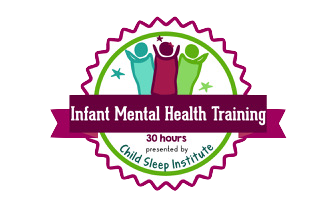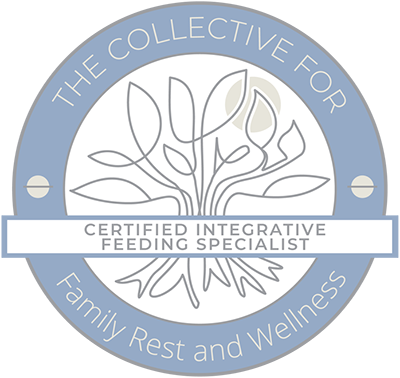|
Parenting a toddler can be a whirlwind of joy, laughter, and, sometimes, sleepless nights. If you’ve embarked on the journey of sleep training, you might be familiar with the term "extinction burst." It sounds daunting, but understanding and addressing it can be the key to a peaceful night’s sleep for both you and your little one. Let's dive into what an extinction burst is, why it happens, and how you can navigate through it successfully. What is an Extinction Burst? An extinction burst occurs when you first start to withdraw reinforcement from a behaviour—in this case, your toddler’s nighttime awakenings. Picture this: your toddler has gotten used to certain responses when they wake up at night, such as being picked up, rocked, or given a bottle. When you begin sleep training and stop these responses, your toddler might initially escalate their behaviour. This escalation is the extinction burst. Essentially, things get worse before they get better as your child tests the boundaries to see if their previous behaviour will eventually yield the desired response. Steps to Work Through the Extinction Burst
When to Seek Professional Help If you find that the extinction burst is lasting longer than expected, or if you're struggling to stay consistent and need additional support, don’t hesitate to seek help from a professional. A certified pediatric sleep consultant can offer personalized advice and strategies tailored to your child’s needs. They can also provide the emotional support you need during this challenging time. Final Thoughts Navigating through an extinction burst during sleep training can be exhausting, but it’s a vital step toward helping your toddler learn to self-soothe and sleep independently. By staying consistent, creating a comforting bedtime routine, and seeking help when necessary, you can guide your child through this phase and onto restful nights for the entire family. Remember, you’re not alone in this journey. Many parents have faced the same challenges and come out the other side with happier, well-rested children. Hold on to that thought, keep pushing through, and soon, peaceful nights will become the norm rather than the exception. If you need help through this stage of your sleep training journey I'd be more than happy to help. Book your Free 20-minute Sleep Evaluation Call today. I'll learn more about what's happening with your child's sleep, explain why and how I can help your family become a well rested one. AuthorErin Neri - Certified Pediatric Sleep Consultant and Owner of To The Moon and Back Sleep Consulting since 2016. As a parent, it's not uncommon to feel overwhelmed when it comes to your toddler's sleep habits. You may find yourself exhausted from trying to get them to fall asleep or stay asleep through the night.
This is where a Sleep Consultant like Erin at To the Moon and Back can help. Sleep consultants specialize in helping families create healthy sleep habits for their children, and here are some reasons why you should consider using one:
A Sleep Consultant can be a valuable resource for parents struggling with their toddler's sleep. They can provide a personalized sleep plan, professional expertise, consistency, ongoing support, and ultimately, help improve your child's sleep habits. If you're feeling overwhelmed or exhausted by your child's sleep habits, consider working with a sleep consultant to help create healthy sleep habits for your family. Book your Free 20-minute Sleep Evaluation Call to learn more about Erin's programs and how she can help change your family's life into one that sleeps well. Throughout the sleep training process, I'm often asked how to keep baby awake through their feeding during the bedtime routine. When you're working on sleep training, my number one rule is to keep your baby wide awake through any feeds. Nine times out of ten, the problem is that the bottle or breast has become a sleep prop. If you don't break the connection your baby has between the feed and sleep, the process will be so much more complicated. It can cause night wake-ups, and then when they wake up at night, they will still have the idea that they need a bottle or breast to get back to sleep at night. I suggest moving the feeding up in the bedtime routine. Most people have a feeding as the last step. That can be tricky, especially if they're not napping great yet. They could be tired by the time bedtime comes. By the time they've had a bath, and you've got jammies on, reading stories, and then you're going into a feed, they might be way too exhausted even to try to stay awake for the feed. Then you're fighting a battle of tickling and talking to them and trying to keep them awake, and they're so tired they really can't help you out. I suggest you move it up to before the bath. Have the feed, then the bath, jammies, stories, and then bed. That will help break any connection they have with the bottle related to sleep. If that feels a bit early in the routine, move it immediately after the bath. Sometimes, the tub stimulates children a little, so the feed can help calm them down. Most children really like their bath, so they'll be a bit more awake when you get to the feed. Then, you can move on to the next steps. The good news is that the better naps get, the less tired they'll be by bedtime, so that's something to look forward to. The more the separation between the bottle and sleep develops, the less likely they are to try to fall asleep at the bottle. You'll find that with time, even if they are exhausted, they won't use the feeding as a prop. There won't be a connection there anymore. Your baby will happily have their feed and then put themselves to sleep just fine when they get to the crib. AuthorErin Neri - Certified Pediatric Sleep Consultant and Owner of To The Moon and Back Sleep Consulting since 2016. Get expert tips for minimizing jet lag in children during international travel, ensuring your family's trip is enjoyable and restful. Traveling across time zones with your little ones? You might be bracing for the dreaded jet lag that can turn your dream vacation into a sleep-deprived slog. But fear not, dear parents! Minimizing jet lag in children isn't just a fantasy; it's entirely doable with savvy planning and a sprinkle of patience. Understanding Jet Lag in Children First things first: What is jet lag, and why does it turn our adorable angels into cranky gremlins? Jet lag happens when our internal body clock is out of sync with our time zone, making maintaining sleep routines a real challenge. That can be particularly unsettling for kids whose routines are as sacred as a cherished bedtime story. Unlike adults, children have different sleep needs and may struggle to express discomfort or tiredness, making jet lag a bit trickier to manage. When their internal clocks get muddled, so does their ability to fall asleep and wake up at the usual times. It's not just about a few groggy mornings or early nights; jet lag can unsettle their sleep habits for days, sometimes longer. That’s why understanding how it affects kids is crucial. It’s about more than just being sleepy at the wrong hours; it’s about keeping their sleep rhythms in tune. Let's explore how you can effectively do just that! Preparing Before the Flight Our journey to minimizing jet lag in children begins before we set foot on the plane. So, as you pack up for an international adventure or prepare for an international move, remember that getting ready for jet lag is an essential part of your travel itinerary. That is particularly important if you’re planning a permanent stay. While you can hire professionals to help you relocate abroad with ease, they won’t be able to help with your little ones. So, start by tweaking your child’s bedtime a few days before your flight. If you're moving across time zones permanently, this becomes even more vital. In addition, educate them about jet lag in a fun and engaging way, perhaps turning it into a bedtime story about traveling worldwide. These preparatory steps set the stage for a successful transition to a new home and routine. Minimizing Jet Lag in Children During the Flight Up in the air, it's all about balance. On the one hand, you must keep the kids occupied. On the other hand, you must strategically manage their sleep. If it's nighttime at your destination, encourage them to snooze. Make their travel environment cozy – think soft blankets, comfortable pillows, and perhaps a favorite storybook. Minimizing jet lag means balancing sleep with wakefulness on the plane. Offer quiet activities and avoid too much screen time, as the blue light from devices can mess with their sleep hormones. Every bit of sleep they get on the plane is a step towards a smoother adjustment to the new time zone, making your journey a little more relaxed and enjoyable. Upon Arrival: Embracing the New Time Zone Once you touch down, the real magic begins. Now's the time to embrace your new time zone with open arms. The key to a smooth transition? Dive straight into the local rhythm. If it's day, encourage the kids to bask in the sunlight; it's nature's way of resetting our internal clocks. And when night falls, mimic their usual bedtime routine to signal to their little bodies that it's time to wind down. Also, adjusting sleep schedules upon arrival is essential, and it’s okay if things are a bit topsy-turvy at first. Those first few nights might involve extra cuddles or a story more, but consistency will soon pay off. Try to limit naps to short bursts - think power naps - to avoid a midnight party in pajamas. And when evening comes, dim the lights to encourage their bodies to wind down. Patience, consistency, and a dash of understanding go a long way in helping your family settle into the new time zone. Maintaining Healthy Sleep Habits Consistency is your golden ticket. Maintaining a regular sleep schedule is vital, even when it feels like your internal clocks are playing pinball. Above all, kids thrive on routine, so even if you're in a different time zone, their bodies will appreciate the familiarity of a set bedtime. Balancing rest with activities is also crucial. Too much downtime can make it harder for them to fall asleep at night. Plan some light, engaging activities that aren't overly stimulating to keep them moving and grooving at the right times. Dealing with Challenges Tackling jet lag's quirks can sometimes feel like solving a puzzle, especially with children. Expect a mix of sleepy mornings and wide-awake nights, but don't let that dampen your spirits. Keep the lines of communication open – chat with your kids about how they're feeling and reassure them that it's perfectly normal to feel a bit topsy-turvy after a trip. If you find jet lag stubbornly overstaying its welcome, causing significant sleep disruptions, it might be time to consult an experienced pediatric sleep consultant. They can offer tailored strategies that are just right for your child's unique needs. And remember, every child is different; what works for one may not for another. So, stay adaptable, experiment with different techniques, and soon, you'll find the perfect recipe for easing your family back into a peaceful night's sleep. Conquering jet lag is about teamwork, patience, and some sleep-science magic. Returning Home: Reclaiming Your Routine Once your globe-trotting adventure wraps up, it's time to nudge your family's sleep schedule back to the familiar territory of your home time zone. Begin by gently adjusting bedtimes and wake-up times closer to your usual routine. That might mean a bit of bedtime negotiation and some early birds waking up before the sun, but consistency here is key. Keep in mind that your little ones' internal clocks might be a tad sluggish in readjusting, so patience and a steady routine are crucial. Create a calming bedtime environment to encourage quicker readjustment – think soft lights, soothing music, and perhaps a favorite bedtime story. Don’t forget to keep daytime naps in check; too much daytime snoozing can make nighttime sleep elusive. Above all, keep in mind that it's a gradual process. It might take several days, but with persistence and understanding, your children will eventually resettle into their normal sleep patterns. So, keep the faith; soon enough, your household's rhythms will be humming along just like before your journey.
Sweet Dreams in Any Time Zone And there you have it, dear parents! Jet lag doesn't have to be the monster under the bed. With some preparation, in-flight savvy, and a hearty dose of patience, minimizing jet lag in children is achievable. Every family's journey is unique, so find what works best for you and your little travelers. Here's to sweet dreams, no matter the time zone! Photos via: Pexels Unsplash Pexels Pexels Discover effective tips for creating cozy winter bedtime routines in Canada for your kids. Learn how to keep them warm and comfortable. Establishing cozy winter bedtime routines in Canada for children is not just about comfort; it's a fundamental aspect of their overall well-being. During the chilly Canadian winters, a warm and soothing bedtime environment is essential for kids to unwind and get a good night's sleep. However, creating and maintaining this cozy atmosphere is sometimes challenging due to the harsh weather conditions. This blog post aims to provide practical and effective tips to overcome these obstacles. We focus on creating an engaging and informative guide, ensuring every parent can effortlessly grasp and apply these ideas. Our goal is to help you foster a nurturing and warm bedtime routine that supports your child's health and happiness during the cold Canadian winter months. Creating a Warm and Inviting Bedroom Space Create a warm and inviting bedroom space for children during cold winters. A cozy room promotes better sleep and extends your child's sleep time, which is vital for a child's health and development. Firstly, weatherproof windows and doors to insulate the room against the cold. It can involve using draft stoppers or insulating curtains. These simple changes can significantly retain heat and create a snug environment. Then, opt for child-friendly bedding materials that are soft, warm, and breathable. Flannel sheets, for example, offer extra warmth without overheating. A comfortable, heavy blanket or a duvet with a suitable tog rating ensures your child stays warm throughout the night. Don't forget to add some fun with bedding designs that children love, as this encourages them to enjoy their bedtime. Comforting Bedtime Attire for Chilly Nights Suitable bedtime attire is essential for keeping children comfortable during Canada's chilly nights and helping them get better naps. Warm pajamas ensure a cozy and restful sleep for kids. Choose pajamas made from materials that retain heat while allowing the skin to breathe. Fabrics like cotton flannel are ideal, as they provide warmth without causing overheating. When choosing pajamas, the fit is as important as the material. They should be snug enough to keep the warmth but not so tight that they restrict movement. Comfort is paramount to ensure your child sleeps well throughout the night. To make bedtime more appealing, consider pajamas with fun designs or themes that resonate with your child's interests. Bright colors, favorite cartoon characters, or even glow-in-the-dark prints can turn bedtime into a more enjoyable experience. These small touches add comfort and help create a positive bedtime routine, making those cold winter nights a little warmer and fun for your child. Cozy Winter Bedtime Routines in Canada: Establishing Consistency A cozy winter bedtime routine in Canada is vital for children's well-being, especially during the colder months. Consistency in bedtime habits helps regulate their sleep patterns, ensuring they get adequate rest. Here are some tips to maintain this routine:
Navigating Challenges: Maintaining Cozy Winter Routines Amidst Life Changes Life changes, be it moving to a new home, welcoming a new sibling, or adapting to altered work schedules of parents, can significantly impact children's bedtime routines. These disruptions are especially felt during winter when the need for a cozy, stable environment is paramount. However, there are strategies to navigate these changes effectively. When relocating, try to set up the children's room promptly. This immediate action establishes a familiar space critical for a sense of normalcy. It’s beneficial to include experts in the process, leveraging their efficiency to quickly re-establish everyday routine. When a new sibling joins the family, the goal is to ensure a sense of importance and comfort for older children. Incorporate shared bedtime stories or quiet time together. Lastly, flexibility in routines is essential. Keep certain elements constant, like a specific bedtime story or a cuddle time, even as other aspects might need to change. Incorporating Gentle Physical Activities
Incorporating gentle physical activities into cozy winter bedtime routines in Canada can significantly enhance a child's sleep quality. Gentle exercises help relax the body and mind, preparing them for a restful night. Here are some ideas for simple and safe exercises suitable for kids:
Integrating Soothing Winter Scents Integrating soothing scents into a child's bedtime routine can enhance relaxation and promote a sense of calm. Aromatherapy, the practice of using natural plant extracts and essential oils for psychological and physical well-being, is particularly effective for relaxation and can be a delightful addition to a nighttime routine. Safe and child-friendly scents such as lavender, chamomile, and vanilla are known for their calming properties and can help ease children into sleep. To incorporate these scents, consider using a diffuser with a few drops of essential oil in the bedroom an hour before bedtime. It allows the fragrance to gently fill the room without overwhelming it. Alternatively, place scented sachets with dried herbs near the bed or inside pillowcases for a subtle aroma. Ensure that any scents you use are mild and non-irritating. Soothing scents create a tranquil atmosphere, helping children relax and drift off into a peaceful sleep. Final thoughts In summary, establishing cozy winter bedtime routines in Canada for children involves creating a warm bedroom. Also, it means engaging in relaxing pre-sleep activities, ensuring comfortable sleepwear, and incorporating soothing scents. These elements work together to provide a tranquil environment conducive to restful sleep. We encourage parents to try these tips to help their children enjoy a cozy and comforting bedtime experience during the chilly winter months. Your feedback and personal experiences with these routines are invaluable. Please share your stories and suggestions, as they can be a resource for other parents looking to enhance their children's bedtime routines. Together, let's make every child's winter nights warm and restful. Photos: Pexels Pexels Pexels Pexels Discover the keys to helping children adjust to a new bedroom with comfort items, sleep aids, and a supportive bedtime routine. Moving to a new house can be an exciting adventure, but it often comes with a fair share of anxiety and uncertainty for children. One of the key challenges parents face during this transition is helping children adjust to a new bedroom, which plays a pivotal role in maintaining healthy sleep habits. In this article, we'll explore how comfort items and sleep aids can be instrumental in creating a soothing and welcoming environment for your child. By doing so, you'll not only ease their transition but also ensure that they maintain healthy sleep habits during a move. Let's delve into making a new bedroom a comforting haven for your little one.
Creating a Cozy Haven When embarking on helping children adjust to a new bedroom, the first step is to create a cozy haven that feels like home. Preparations should start even before the relocation. Therefore, make sure to organize everything thoughtfully as you pack up their old bedroom for the move. This approach ensures their favorite items and comfort pieces are readily accessible in their new space. Soft, inviting bedding with familiar patterns or colors can make the new room feel like a comforting cocoon. Consider involving your child in the decoration process, allowing them to choose a few decor items or wall art pieces that resonate with their personality. Additionally, if possible, maintain the layout of their old bedroom as closely as possible. Familiarity in placement can provide a sense of continuity that's incredibly reassuring during this period of change. Remember, the goal is to craft an atmosphere that fosters feelings of safety and security, helping your child transition smoothly to their new bedroom. The Power of Familiarity Comfort items are akin to a child's trusted companions. They carry the essence of familiarity, providing security amid change. These cherished items are crucial when helping children adjust to a new bedroom. Whether it's a stuffed animal, a well-loved blanket, or a favorite toy, these treasures can soothe and reassure the child. As you settle into the new space, encourage your child to place their beloved items in appropriate locations. Their old bedtime buddies can serve as anchors, connecting the past with the present. The scent and touch of these items can evoke a strong sense of comfort, helping your child feel more at ease in their unfamiliar surroundings. Familiarity doesn't just stop at comfort items. Consider replicating the lighting conditions and room temperature from their previous bedroom. If the old room had a cozy reading nook, recreate something similar. These seemingly small elements collectively contribute to creating a reassuring ambiance, reinforcing the idea that this new bedroom is still a safe and welcoming place. Nightlights and Sleep Aids Light and darkness significantly affect sleep, especially for children adjusting to a new bedroom. The fear of the dark can be a common challenge during this transition, and nightlights can be a simple yet effective solution. A gentle nightlight can provide a reassuring glow, dispelling shadows and making the room feel less intimidating. Opt for a soft, warm light or dim red light that won't disrupt sleep patterns. In addition to nightlights, consider incorporating sleep aids into your child's bedtime routine. White noise machines can drown out unfamiliar sounds, creating a peaceful auditory environment. Ocean or rain sounds can be particularly helpful in lulling your child to sleep. Using a Zenimal to help your child drift off to sleep with a peaceful sleep meditation or story. It's essential to choose sleep aids that are age-appropriate and safe for your child's use. These aids can offer comfort and security, making adjusting to a new bedroom a smoother experience. The goal is to create an environment where your child feels protected and relaxed, ensuring a good night's sleep even in unfamiliar surroundings. Bedtime Routine Establishing a consistent bedtime routine is one of the most effective ways to help children adjust to a new bedroom. This ritual signals your child that it's time to wind down and provides a sense of predictability in their new environment. Begin by setting a bedtime and sticking to it as closely as possible, even on weekends. That helps regulate your child's internal clock and ensures they get the recommended amount of sleep for their age. Incorporate calming activities like reading a book, taking a warm bath, or gentle cuddling into the routine. These activities help your child relax and create positive associations with bedtime. If you have a baby, a well-structured bedtime routine can be instrumental in helping them get better naps throughout the day. Keep the room dimly lit to signal that it's nighttime. As you go through the routine consistently, your child will understand that it's time for sleep, adjusting their new bedroom to be smoother and more restful. Parental Support and Communication Your support and open communication are indispensable while helping children adjust to a new bedroom. Children often look to their parents for reassurance, especially in times of change. Here are some key ways to provide the support your child needs:
In Conclusion In helping children adjust to a new bedroom, we've discovered the incredible impact of comfort items, sleep aids, and a consistent bedtime routine. Parental support, communication, and proactive problem-solving play pivotal roles in this transition. Remember, maintaining healthy sleep habits during a move is essential for your child's well-being. By creating a cozy haven, embracing familiarity, and providing the necessary tools for comfort, you can ensure that your child not only adjusts but thrives in their new bedroom. Image via Pexels |
To The Moon and Back Sleep ConsultingProviding families the tools & support they need to get their little ones sleeping through the night and napping like champs! Everyone has more fun when they are well rested! Visit Wollino - Discount Code: TOTHEMOONANDBACK10
Browse
All
|
All information provided on this website, including texts, images, and other materials, are for informational purposes only and should not be considered a replacement for assessment or treatment by a healthcare provider.
© COPYRIGHT 2016-2024 TO THE MOON AND BACK SLEEP CONSULTING. ALL RIGHTS RESERVED. WAKING GIRL WEB DESIGN
© COPYRIGHT 2016-2024 TO THE MOON AND BACK SLEEP CONSULTING. ALL RIGHTS RESERVED. WAKING GIRL WEB DESIGN



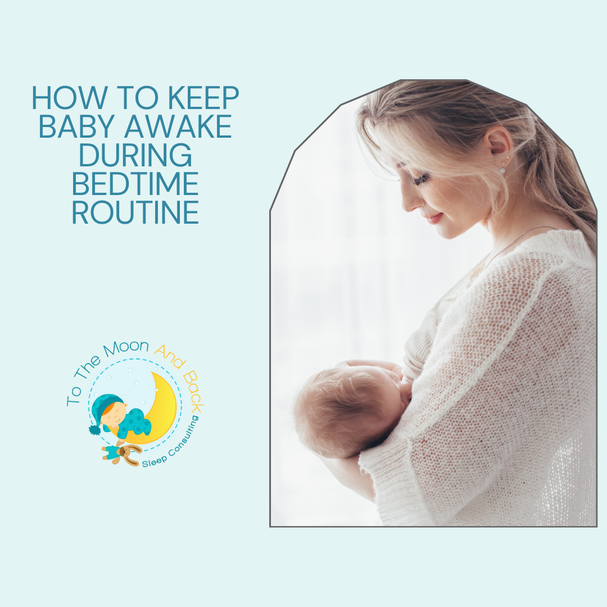



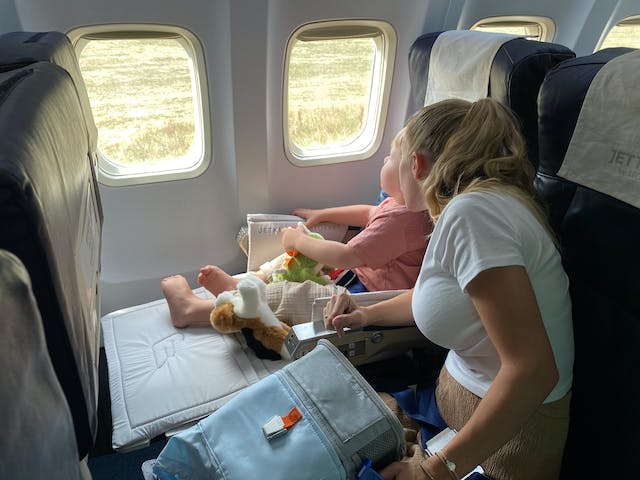







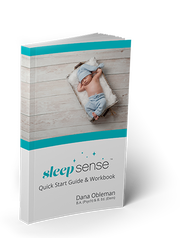
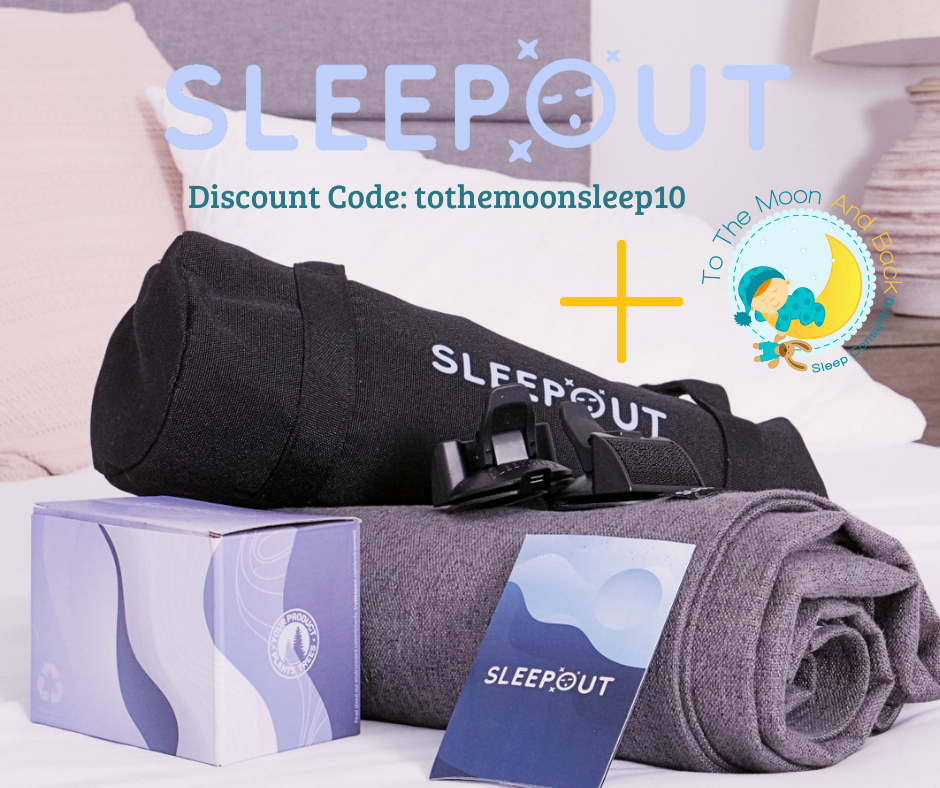


 RSS Feed
RSS Feed

